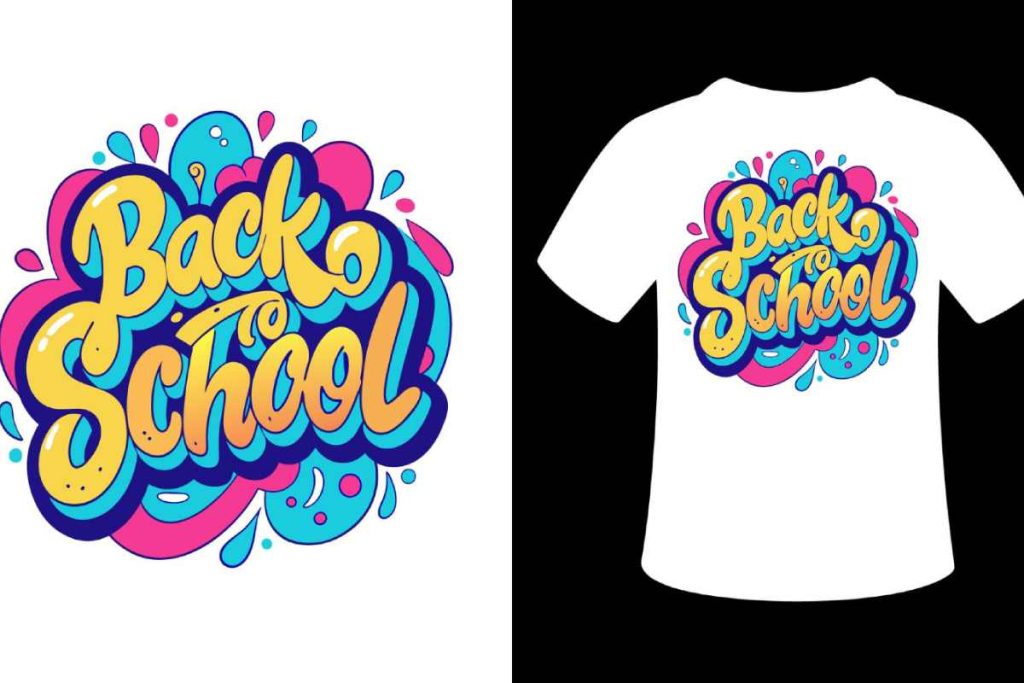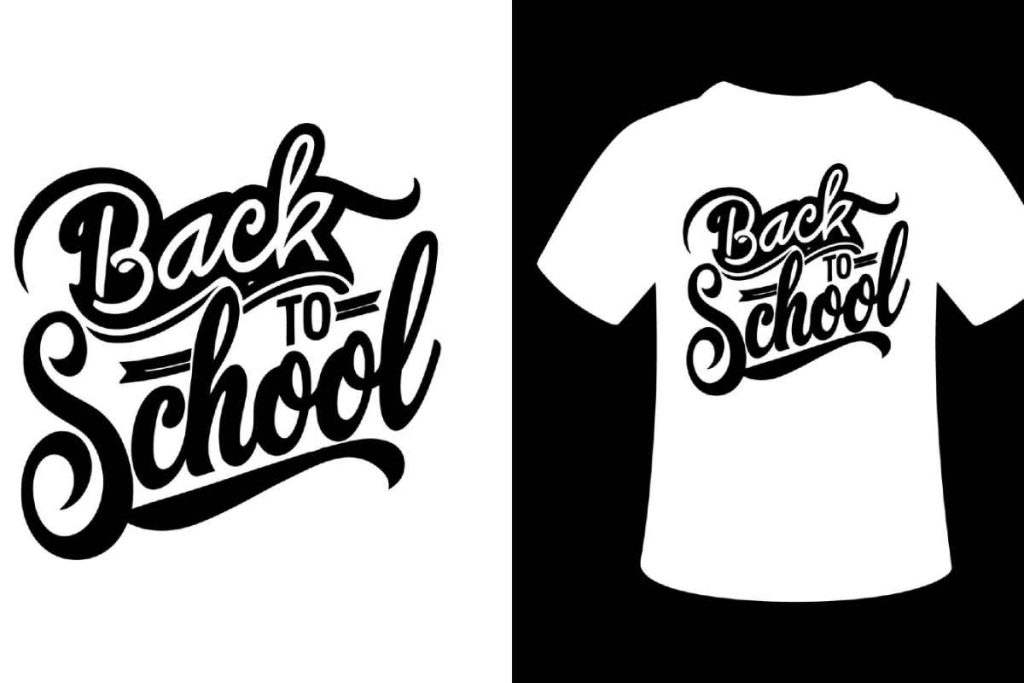DTF transfers are emerging as a game-changer in the world of custom printing, characterized by their ability to deliver stunning, durable designs on a variety of fabric types. However, navigating the intricacies of DTF printing requires a keen awareness of common mistakes that can hinder your business’s success. From improper DTF artwork preparation to neglecting DTF maintenance tips, understanding these aspects is vital for achieving optimal results. This blog post aims to illuminate the common pitfalls associated with DTF transfer application and provide actionable insights for businesses to enhance their printing practices. By mastering the art of DTF transfers, you can elevate your product quality, satisfy your customers, and ultimately thrive in a competitive market.
Direct to Film (DTF) printing has taken the custom apparel industry by storm, offering unique solutions for applying vibrant graphics directly onto fabrics. Often referred to as the latest advancement in print technology, DTF applications allow for intricate designs that maintain their quality over time. However, to harness the full potential of DTF transfers, it is crucial to understand related concepts, such as optimal fabric compatibility and effective maintenance procedures. As businesses adopt DTF techniques, avoiding frequent printing mistakes can significantly enhance the overall output quality. This discussion will delve into the essential strategies for employing DTF techniques successfully, positioning you as a leader in the textile printing realm.
Common DTF Printing Mistakes to Avoid
When venturing into the world of DTF printing, it’s essential to avoid several common mistakes that could compromise your end product. One of the primary concerns is using low-resolution images for your designs. This is a frequent pitfall; images less than 300 DPI can turn pixelated after printing. Consequently, it’s paramount for businesses to ensure that their artwork is crisp and high-quality from the outset, as the final print will reflect this quality directly. Investing time in proper resolution management during the design phase pays dividends when it comes to the final output.
Moreover, often overlooked is the need for correct color mode settings. Designers should stick to RGB rather than CMYK, as RGB encompasses a wider array of colors that leads to more vibrant prints. Failing to flatten layers in graphic design software before sending them to print can also lead to unexpected results, undermining the production process. By paying attention to these details in artwork preparation, businesses can alleviate potential DTF printing mistakes and ensure superior final products.
Understanding DTF Transfer Application Techniques
Correct transfer application is critical in the DTF process. One of the most frequent mistakes made by beginners is not adhering to the specified heat settings. Each design might require a different temperature depending on the fabric’s thermal properties. Insufficient heat can significantly hinder adhesion, resulting in peeling or lifting after the initial wash. On the other hand, applying too much heat may burn the transfer or distort the design, which is just as detrimental.
In addition to heat settings, adhering to correct time and pressure is crucial. Manufacturers typically provide guidelines for optimal settings based on the type of transfer and fabric used. Being diligent in following these specifications can mean the difference between a professional-looking application and an amateurish outcome. Therefore, investing time into mastering DTF transfer techniques can dramatically enhance the quality of printed products.
Fabric Compatibility with DTF Transfers
Fabric compatibility is another major aspect of achieving successful DTF prints. Not all materials are created equal, and diverse fabrics interact differently with DTF transfers. For example, cotton and polyester often show outstanding results, whereas materials like nylon or stretchy fabrics can pose challenges due to their varying heat requirements and ink adherence properties. Conducting preliminary tests on sample swatches can reveal which fabrics yield the best outcomes for your DTF prints.
Furthermore, understanding the durability of fabrics under heat is paramount. Fabrics that can withstand higher temperatures without damage are ideal for DTF printing. By prioritizing fabric compatibility, businesses can enhance the longevity and quality of their DTF transfer applications, ensuring that clients are satisfied with the final products they receive.
Maintaining DTF Equipment for Optimal Performance
Proper equipment maintenance plays an essential role in the execution of DTF printing. Regular upkeep of your DTF printer prevents issues such as ink clogging, smudged prints, or inefficient ink flow, which can all lead to significant setbacks in production. Establishing a routine to clean print heads, replace worn parts, and check nozzles can keep your printer in excellent working condition, resulting in consistent and high-quality prints.
Monitoring ink levels is equally critical. Running a printer on low ink levels can lead to streaks and faded prints. Scheduling regular checks on the ink supply and initiating timely replenishment is a small investment in time that saves considerable resources and frustration in the long run. With well-maintained equipment, businesses can ensure a smoother workflow, reducing downtime and increasing productivity.
Post-Transfer Care for DTF Products
Once DTF transfers are completed, the importance of post-transfer care cannot be overstated. Curing time is crucial; it’s advisable to allow DTF transfers to cure fully before washing or wearing items. Rushing this process can lead to inadequate adhesion, causing the design to lift or peel following the first wash. Allowing sufficient curing time ensures durability and quality of the print.
Providing customers with clear care instructions is equally important. Many customers may not be aware of how to properly care for their DTF printed garments, which is crucial for maintaining their quality over time. By educating clients on best practices for washing, drying, and storing their items, businesses can enhance client satisfaction and reinforce brand loyalty.
Educating Your Clients on DTF Quality Maintenance
An essential component of success in the DTF printing business lies in educating your clients about maintaining quality. After investing in custom DTF transfers, clients need guidance on how to care for these products to ensure long-lasting durability. Providing clear and concise care instructions can help your clients understand the importance of washing in cold water, avoiding bleach, and air drying to maintain the integrity of the print.
Additionally, offering clients the opportunity to ask questions and troubleshoot issues can result in a more satisfying experience. A knowledgeable customer base not only leads to higher satisfaction rates but can also multiply word-of-mouth referrals and return business, ultimately enhancing your brand reputation. Thus, investing in client education is paramount for the thriving of your DTF printing operations.
Frequently Asked Questions
What are some common DTF printing mistakes to avoid?
When using DTF transfers, common mistakes include improper artwork preparation, neglecting DTF fabric compatibility, incorrect transfer application, ignoring post-transfer care, and inadequate equipment maintenance. Each of these can significantly impact print quality and longevity.
How should I prepare my artwork for DTF transfers?
To ensure effective DTF transfer application, artwork must be high resolution (300 DPI), designed in RGB color mode, and all layers should be flattened. Proper DTF artwork preparation is crucial for achieving vibrant and high-quality prints.
What is the importance of DTF fabric compatibility?
DTF fabric compatibility is essential for the transfer to adhere properly and last. Testing various materials such as cotton, polyester, and blends is crucial for determining which fabrics work best with DTF transfers to ensure print durability and appearance.
What tips can you provide for successful DTF transfer application?
Successful DTF transfer application involves setting the correct heat, time, and pressure according to the manufacturer’s instructions. It’s important to ensure the right heat settings to achieve optimal adhesion without damaging the design.
How can I maintain my DTF printing equipment for optimal performance?
Regular maintenance, including cleaning the printer and monitoring ink levels and parts, is vital for maintaining optimal performance and avoiding printing issues. Focusing on DTF maintenance tips will help ensure consistent, high-quality output.
What care should I provide my customers regarding DTF transfers?
Educate customers about the importance of allowing the DTF transfer to cure properly before washing or wearing. Providing them with care instructions will help preserve the longevity and appearance of their prints, leading to greater satisfaction.
| Common Mistake | Explanation | Tips to Avoid |
|---|---|---|
| Improper Artwork Preparation | Artwork not optimized can lead to poor print quality. | – Ensure images are 300 DPI. – Design in RGB color mode. – Flatten all layers before printing. |
| Neglecting Material Compatibility | Not testing fabrics can affect durability and appearance. | – Test various materials. – Choose fabrics that withstand heat well. |
| Incorrect Transfer Application | Improper application can damage your design and fabric. | – Set correct heat, time, and pressure for transfers. |
| Ignoring Post-Transfer Care | Poor care can lead to transfer failure after application. | – Allow curing time before washing. – Provide customer care instructions. |
| Inadequate Equipment Maintenance | Neglecting printer maintenance can lead to printing issues. | – Clean the printer regularly. – Monitor ink levels and replace parts. |
Summary
DTF Transfers are a revolutionary method in the custom printing industry, but avoiding common mistakes is essential for success. From ensuring proper artwork preparation to selecting suitable materials and applying transfers correctly, focusing on these details greatly enhances print quality. Regular equipment maintenance and educating customers about product care are crucial steps to ensure longevity. By mastering these aspects of DTF Transfers, businesses can improve customer satisfaction and set themselves apart in a competitive market, ultimately driving profitability.



